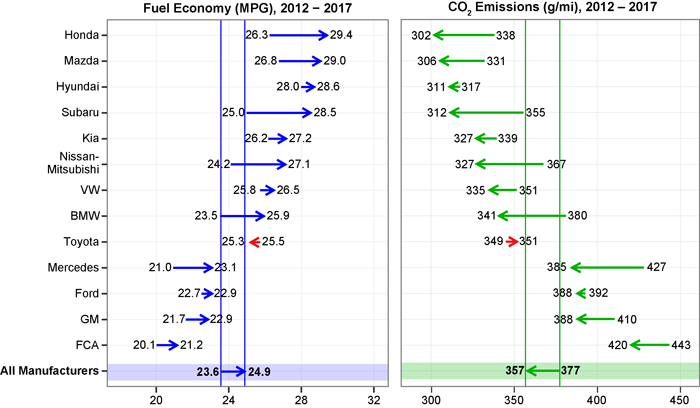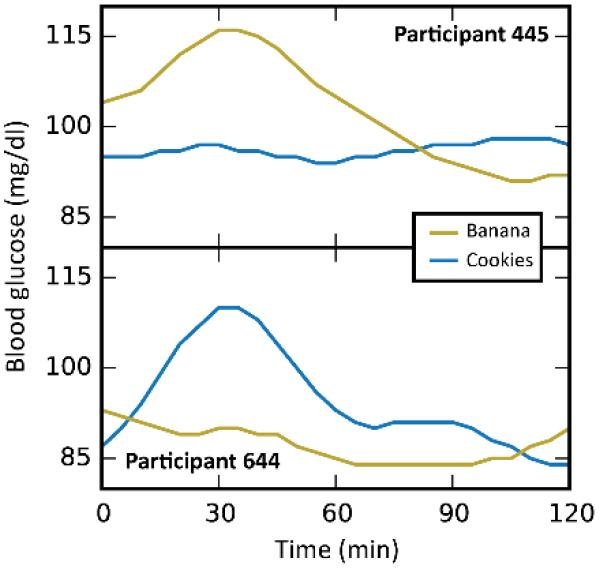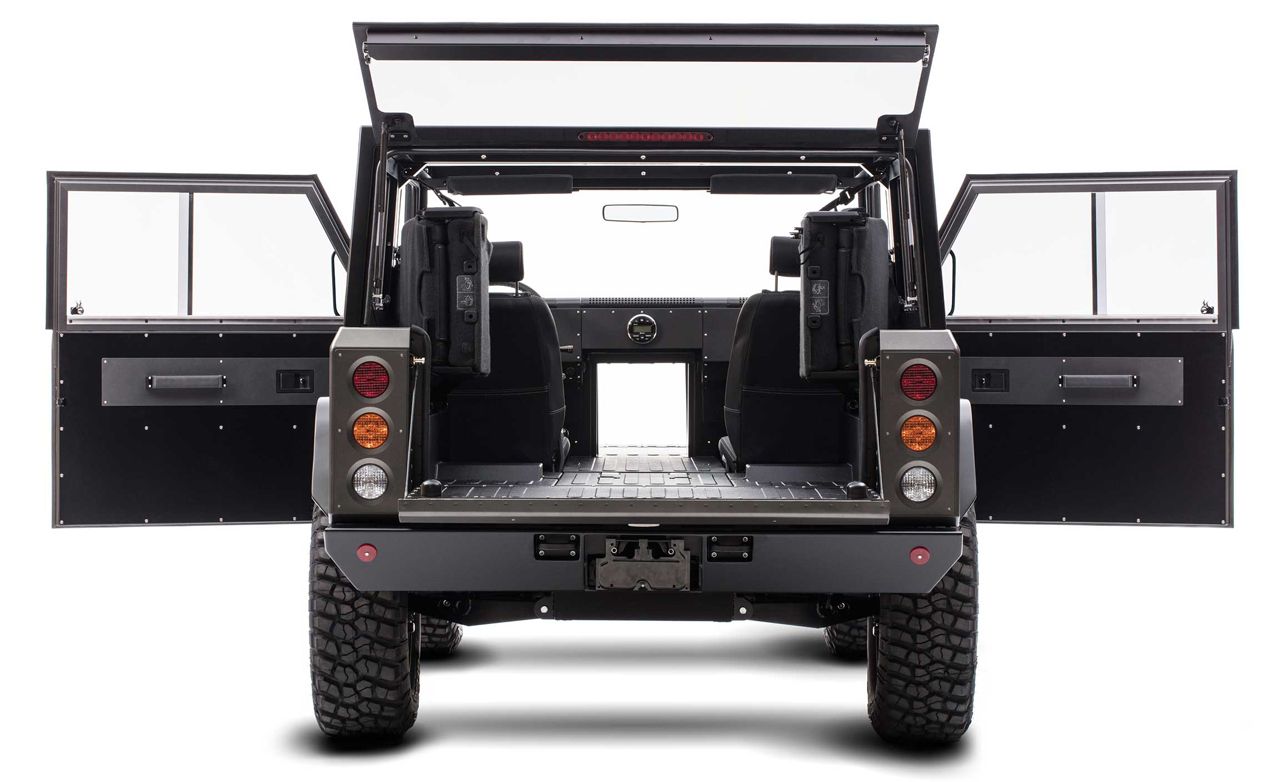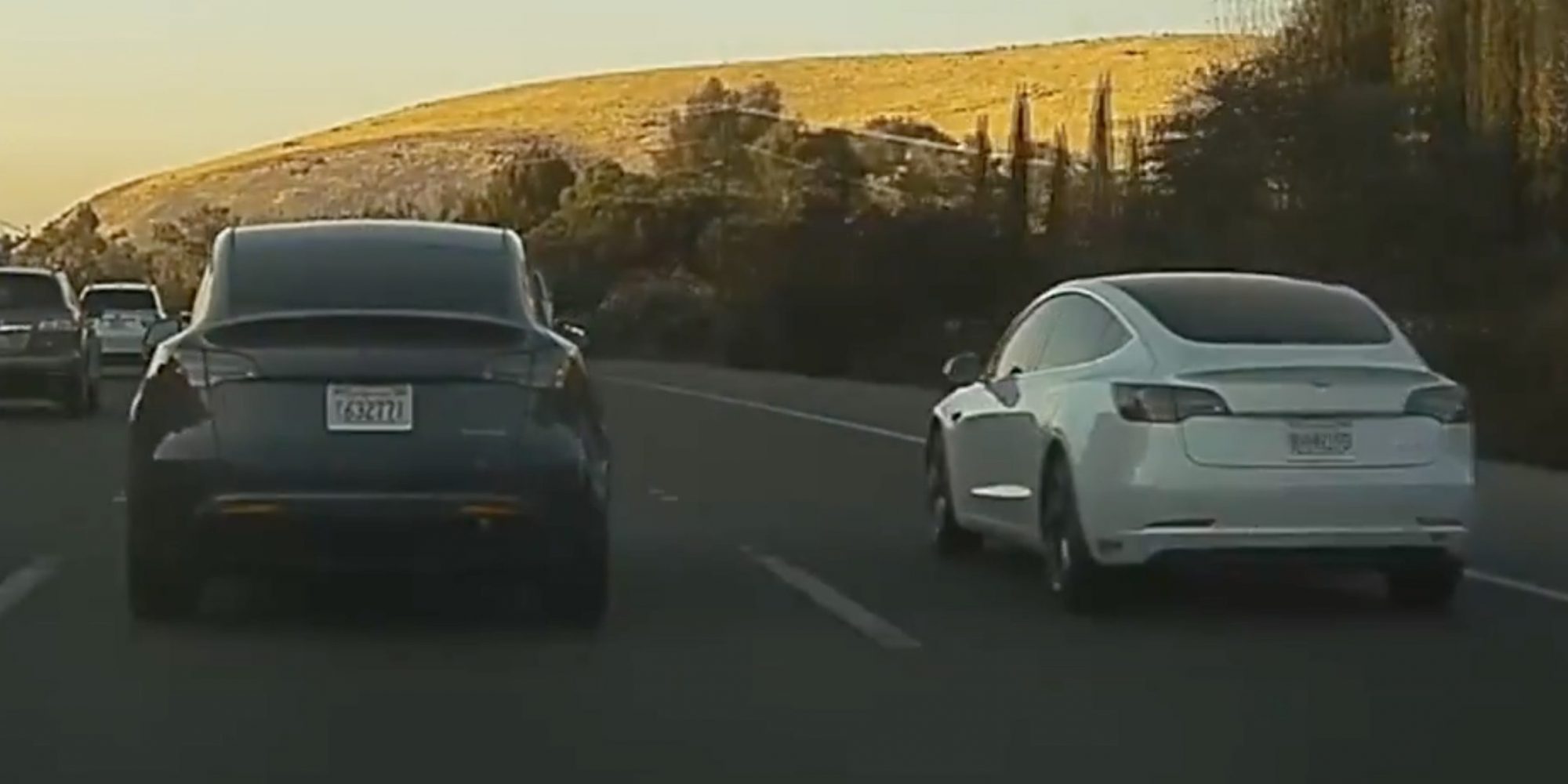I got the snows on the van just in time.We had frost on the ground here this morning too but luckily no snow especially considering I will not have my winter tires on before late next month.
Toshi's thread
- Thread starter Toshi
- Start date
I hooned around on empty, packed snow-and-ice roads a bit this morning, getting slightly sideways. This and some braking tests made me realize why I don't like the Hankook winter tires on the Tesla (Winter i'Cept Evo 2, I think).
Their longitudinal grip is good. No issues with getting started and braking especially is solid.
But their lateral and especially rotational grip is not good. Way more sideways and yaw motion than I'd expect given the braking performance.
Next set (likely in a different size on a different vehicle entirely) will be Nokian Hakka R-whatever-they're-up-to-now for sure.
Their longitudinal grip is good. No issues with getting started and braking especially is solid.
But their lateral and especially rotational grip is not good. Way more sideways and yaw motion than I'd expect given the braking performance.
Next set (likely in a different size on a different vehicle entirely) will be Nokian Hakka R-whatever-they're-up-to-now for sure.
Preach.In my defense - I've pretty much always thought this way. Every vehicle that I've ever purchased I've hoped (I suppose quixotically) would last forever. Except maybe a couple of the rusty shitboxes I owned back in the 80's and early 90's...
I'd rather drive a car until the wheels fall off (or the axles start coming apart in the case of the jeep) than go through the process of buying a new car.
Would it normally be plugged in so you cold pre heat?
Today was a more typical winter day, albeit with a lot of driving.Yeah, this is worst case for sure. Normally it'd be in my 50-55 degrees-in-winter insulated and somewhat heated garage, and would be plugged in for the pre-heating. In that circumstance it might do 25% worse efficiency for the trip overall.
63.8 miles driven thus far (home -> bakery -> work -> bakery again -> near-to-bakery Thai place -> home—still going to make another home -> work -> home trip before the night is up). Those 64 miles over the road used 101 miles of nominal range (279 -> 178), at an efficiency of 335 Wh/mi against my baseline of 262.
So 30% lower efficiency than baseline in winter conditions is fair, with up to 70% more in extreme scenarios.
I got the snows on the van
Re these thoughts, in my parallel thoughts-from-me thread on NASIOC I got these data:I don't like the Hankook winter tires on the Tesla
I switched from Michelin X-Ice 3s to Hakkapellita R3s for ice racing. Night and day difference.
Nokians must be witchcraft.
The Hakka 8’s on wifevan are really good.
Back in the day the Subaru was rocking Hakka 4 studded tires and they were amazing. The difference between them and the X-Ice2s that I went to was the same difference as an all-season vs. a winter tire.
Cliffs Notes: Nokians are the hot ticket still.Agree 100% with [my thoughts on Hankook traction issues].
Hankook winter tires have good grip accelerating and braking, but add in some yaw and their performance drops off quickly. Braking around a corner will lead to some raised eyebrows (at the very least).
Hakka R2/3 will offer more grip when the steering wheel is turned, and break away with more predictability.
FWIW I was pretty impressed with the Goodyear Ultragrips I had on my C63. They performed very nicely, and handled wet slush very well.
Plan has been executed. Dumped all my calculated excess money from this month to Betterment yesterday (a little held back for mortgage closing costs out of caution although I have a pretty good handle on what they should be). No prepayment on debts, no paying off of the Land Cruiser's loan.As mused about in the quoted passage above, I am going to spend at least a half year from now directing all excess monthly cash to Betterment (my taxable investment account): No early payments on debts until I figure out the long term cashflow effect of the 15 year mortgage refinance + resumption of 529 contributions + the small monthly reduction in auto loan payments post-refinance.
Cliffs Notes: I shall be dumping money into my taxable account this upcoming week then drawing it down over the next 6 months, watching it closely.
Nota Bene for finance-nerdy types: Cashflow estimation isn’t a trivial problem because a) bonuses that are now split up biannually are a pretty large part of my total compensation, b) FICA taxes resume come Jan 1, and c) 401(a) contributions resume come Jan 1—the latter 2 have their own annual caps that reset with the new tax year. (For the pedants in the audience there’s also another small variable-over-year component from the Additional Medicare Tax, but that’s not capped, per se, but rather has an income floor after which it applies.)
Things will be just fine through the December paycheck. As per the quoted post the test will be how the red ink spills on the January-April paychecks, especially since I worked my final (pending Jan-Apr sanity checks!) for-additional-pay 5-10 PM shift last night...
I ended up oscillating in the past few days, up when I ate 3 meals per day x 2 days (with lots of carbs! Italian for one) over the weekend, dropping back down after my 66 hour fast. I ended this month with a last official weigh-in at 231.2 lbs.My goal for the end of October was 230 lbs. I weighed in post-skiing at 229.6 today. It was not a representative weight since I'm fasted since last night and skied for 2 hours, but with Sunday's indeterminate length fast to consolidate things I'll be solidly/truly under that bar for the month.
On to the next goal, 220 by end of November…

So my progress may slow a bit: 6-8 lbs per month may be more realistic. It'll still be illuminating to see where I end up as of Dec 18 with DEXA, my labwork, and the resting metabolic rate test.
I could not believe, when I was shopping around, just how remarkably shitty the MPG figures were on brand new tacomas. Like, only 2-3 gallons better than my 21 year old wrangler was getting, and with lower torque and HP figures. How is that even possible with 2 decades of technological improvement?
Note the one marque that's not like the others over this timepoint. The starting points for each largely reflect what portion of their sales is light trucks--no one is that different.
Toyota has fancy tech. See direct- and port-injected engines on the Lexus LS since 2007. But for their bread and butter models, if it sells they keep on shoveling out the same crap.I could not believe, when I was shopping around, just how remarkably shitty the MPG figures were on brand new tacomas. Like, only 2-3 gallons better than my 21 year old wrangler was getting, and with lower torque and HP figures. How is that even possible with 2 decades of technological improvement?

I'm making my way through this post, as it may affect me.
I am 100% for the above.Medicare for All will save money by bringing down the staggering administrative costs for insurers in our current system. As the experts I asked to evaluate my plan noted, private insurers had administrative costs of 12% of premiums collected in 2017, while Medicare kept its administrative costs down to 2.3%. My plan will ensure that Medicare for All functions just as efficiently as traditional Medicare by setting net administrative spending at 2.3%.
Little nervous from this... note the calling out of a CT scan('s performance and interpretation).Studies have continued to show that it’s not how much people use the health care system, often referred to as “utilization,” but rather how much people pay that drives our high spending. Compared to other high income countries, Americans simply pay more for health care. We pay more for physicians and nurses. We pay more in administrative costs. We pay more for prescription drugs.
A heart bypass surgery that costs nearly $16,000 in the Netherlands costs an average of $75,000 in the United States. A CT scan that costs $97 in Canada costs an average of $896 here. And in the United States hospitals can charge new parents for holding their newborn after delivery.
I'm ok with Medicare rate reimbursement. It'd be a slight cut relative to the current mix, which at my practice is slightly over 40% government payors (Medicare, Medicaid the bulk), but if no care is written off for indigent care and our side administrative costs go down as well...Under my approach, Medicare for All will sharply reduce administrative spending and reimburse physicians and other non-hospital providers at current Medicare rates. My plan will also rebalance rates in a budget neutral way that increases reimbursements for primary care providers and lowers reimbursements for overpaid specialties.
Re overpaid specialties they link to this: http://www.medpac.gov/docs/default-source/contractor-reports/jan19_medpac_disparities_physiciancompensationreport_cvr_contractor_sec.pdf?sfvrsn=0
They seem to suggest compensation about $50/RVU. If I got $50/RVU consistently I'd make more than I do now, so I guess I'm ok with that.
This is a baby step from fee for service towards capitation. I think we need to go that route eventually and am on board.We will also shift payment rates so that we are paying for better outcomes, instead of simply reimbursing for more services. We build on the success of value-based reforms enabled by the Affordable Care Act, including by instituting bundled payments for inpatient care and for 90 days of post-acute care. Instead of paying providers for each individual service, bundled payments reimburse providers for an entire “episode” of care and have been shown to both improve outcomes and control costs. These bundles help ensure that a patient’s different providers all communicate because they are all tied to the same payment.
This all sounds good to me.Under Medicare for All, the federal government would have real bargaining power to negotiate lower prices for patients. I will adopt an altered version of the mechanism outlined in the Lower Prescription Drug Costs Now Act which leverages excise taxes to bring manufacturers to the table to negotiate prices for both branded and generic drugs, with no drug exceeding 110% of the average international market price, but removes the limit of the number of drugs Medicare can negotiate for and eliminates the “target price” so Medicare could potentially negotiate prices lower than other countries.
So how will it pay for this reimbursement?
Am I part of this targeted top 1%?! We shall read on and see...
Specifics:
Then there's a bit more about reining in defense spending. I'm aok with that.
Overall thoughts: I am ok with this. The main relevant point to me would be to go to Medicare reimbursement rates across the board, and that is acceptable from my perspective. The other things don't seem targeted at the working classes, as it were--and I'm a worker.
Ok...Medicare for All puts all health care spending on the government’s books. But Medicare for All is about the same price as our current path — and cheaper over time. That means the debate isn’t really about whether the United States should pay more or less. It’s about who should pay.
I asked top experts — Mark Zandi, the Chief Economist of Moody’s Analytics; Betsey Stevenson, the former Chief Economist for the Obama Labor Department; and Simon Johnson — to examine options for how we can make up that $11 trillion difference. They conclude that it can be done largely with new taxes on financial firms, giant corporations, and the top 1% — and making sure the rich stop evading the taxes we already have.
That’s right: We don’t need to raise taxes on the middle class by one penny to finance Medicare for All.
Am I part of this targeted top 1%?! We shall read on and see...
This sounds super reasonable to me. @dan-o note the second quoted paragraph if that's relevant to your business.To calculate their new Employer Medicare Contribution, employers would determine what they spent on health care over the last few years and divide that by the number of employees of the company in those years to arrive at an average health care cost per employee at the company. (Companies would count part-time employees towards the total based on the number of hours they worked during a year.) Under the first year of Medicare for All, employers would then take that average cost, adjust it upwards to account for the overall increase in national health care spending, and multiply it by their total number of employees that year. Their Employer Medicare Contribution would be 98% of that amount — ensuring that every company paying for health care today will pay less than they would have if they were still offering their employees comparable private insurance.
[...]
Small businesses — companies with under 50 employees — would be exempt from this requirement too if they aren’t paying for employee health care today. When either new or existing firms exceed this employee threshold, we would phase in a requirement that companies make Employer Medicare Contributions equal to the national average cost of health care per employee for every employee at that company. Merging firms would pay the weighted average cost of health care per employee of the two firms that are merging.
I'm ok with this, not being the targeted group, but am still wary about the 1% target on my back from above.If we’re falling short of the $8.8 trillion revenue target for the next ten years, we will make up lost revenue with a Supplemental Employer Medicare Contribution requirement for big companies with extremely high executive compensation and stock buyback rates.
Ok...So where does the rest of the money come from that allows us to eliminate premiums, deductibles, copays, and most out-of-pocket spending for every American? Four sources: (1) better enforcement of our existing tax laws so we stop letting people evade their tax obligations; (2) targeted taxes on the financial sector, large corporations, and the top 1% of individuals; (3) my approach to immigration; and (4) shutting down a slush fund for defense spending.
Again with the ok since not targeted group bit... there are a few more proposals in a similar vein in the document that follow.For example, a small tax on financial transactions — one-tenth of one percent on the sale of bonds, stocks, or derivatives — would generate about $800 billion in revenue over the next ten years. The tax would be assessed on and collected from financial firms, and would likely have little to no effect on most investors.
Ah. <moves to edge of seat>Finally, we can raise another $3 trillion over ten years by asking the top 1% of households in America to pay a little more.
Specifics:
Ok, so not really a 1% thing but a 0.1% kind of thing... except for this tax as you go capital gains proposal. Not sure I agree with that, but it's kind of like yearly property taxes in a sense, I guess. Hmm.My Ultra-Millionaire Tax, a 2-cent tax on the wealth of fortunes above $50 million, tackles this head on. Under this tax, the top 0.1% — the wealthiest 75,000 Americans — would have to pitch in two cents for every dollar of net worth above $50 million and three cents for every dollar on net worth over $1 billion. [...]
Today, I’m going one step further. By asking billionaires to pitch in six cents on each dollar of net worth above $1 billion, we can raise an additional $1 trillion in revenue and further close the gap between what middle-class families pay as a percentage of their wealth and what the top one-tenth of one percent pay. [...]
Under a “mark-to-market” system for the wealthiest 1% of households, we will tax capital gains income (excluding retirement accounts) annually, rather than at the time of sale, and raise the rates on capital gains to match the tax rates for labor income.
Then there's a bit more about reining in defense spending. I'm aok with that.
Overall thoughts: I am ok with this. The main relevant point to me would be to go to Medicare reimbursement rates across the board, and that is acceptable from my perspective. The other things don't seem targeted at the working classes, as it were--and I'm a worker.
Last edited:
I've written about my desire to drop to 0.7 FTE when my debts are paid. But what would this actually mean within the rules of my workplace? I queried two of my part time co-workers (0.6 and 0.8 FTE, respectively) to figure out how this is all accounted for, and this is my best understanding of things:
At 1.0 FTE as current I accrue 14.67 hours of vacation time per month. One day of leave is counted as 8 hours. For X FTE one scales 14.67 by X.
This can be expressed as weeks as this, noting the first term nulls when one's working 1.0 FTE:
(52 [weeks] * 5 [days in a workweek] * (1 - 1.0 [FTE]) + (14.67 [hrs accrued/mo] * 1.0 [FTE] * 12 [mo] / 8 [hours per day]))/5 [days in a workweek]
This passes the sanity check of yielding an answer of 4.4 weeks for my current setup. (+ 1 free week over holidays + 4 weeks of professional time + however you account for 20% academic time, for the record.)
So for 0.7 it'd be:
(52 * 5 * (1 - 0.7) + (14.67 * 0.7 * 12 / 8)) / 5 == 18.7
Intuitively this makes sense: 30% of the year not working + the scaled amount of vacation is about this much. But it's useful to me to visualize this this way.
18.7 weeks not working per year (+ 1 free week over the holidays + 2.8 professional time weeks). I could work 5 day (including academic day(s)) weeks for part of the year and just take blocks off. I could dig this.
At 1.0 FTE as current I accrue 14.67 hours of vacation time per month. One day of leave is counted as 8 hours. For X FTE one scales 14.67 by X.
This can be expressed as weeks as this, noting the first term nulls when one's working 1.0 FTE:
(52 [weeks] * 5 [days in a workweek] * (1 - 1.0 [FTE]) + (14.67 [hrs accrued/mo] * 1.0 [FTE] * 12 [mo] / 8 [hours per day]))/5 [days in a workweek]
This passes the sanity check of yielding an answer of 4.4 weeks for my current setup. (+ 1 free week over holidays + 4 weeks of professional time + however you account for 20% academic time, for the record.)
So for 0.7 it'd be:
(52 * 5 * (1 - 0.7) + (14.67 * 0.7 * 12 / 8)) / 5 == 18.7
Intuitively this makes sense: 30% of the year not working + the scaled amount of vacation is about this much. But it's useful to me to visualize this this way.
18.7 weeks not working per year (+ 1 free week over the holidays + 2.8 professional time weeks). I could work 5 day (including academic day(s)) weeks for part of the year and just take blocks off. I could dig this.
Attn @SkaredShtles

 arstechnica.com
arstechnica.com
Don’t do this.

Here’s what happens when you leave marijuana up your nose for 18 years
The man thought he had swallowed it. But he hadn’t.
Don’t do this.
As you all have no doubt noticed I am an intellectually curious individual. ("Neurotic" doesn't really apply to me because I'm not stressed out.) One thing I'm curious about currently is of the intersections of glucose, insulin, and health--see the whole intermittent fasting bit.
Along those lines are these interesting data:

This is a snippet from this paper (PDF link), with the point (and this figure's title) that there exists high interpersonal variability in the postprandial glycemic response to the same meal. In English, this means that eating the same amount of carbs can result in very different glucose responses after said meal dependent on the individual. Was that English enough?
Anyway, the point here is that lists of foods that are good or bad per some glycemic index or glycemic load metric might be wrong for a given individual, because, as the authors put it, "the large interpersonal difference in [postprandial glucose responses] are also evident in that the type of meal that induced the highest PPGR differs across participants and that different participants might have opposite PPGRs to pairs of different standardized meals."
Thus I'm going to test myself for this. The wife already had glucose monitoring apparatus about the house as she had gestational diabetes with all 3 kids, so I have that equipment in place. I tested myself tonight to see how the equipment worked (for the record coming up with a value of 90 mg/dL at 2 hours after a carb-heavy meal including cheesecake and ice cream–that's normal, reflective that I'm not diabetic).
Robb Wolf would have us test with these 50 gram effective carbohydrate meals as the first meal after waking up fasted:
Instead what I plan to do is to test ~50 g effective carb (total - fiber) meals eaten at 9 AM with a variety of foods that I can find readily and that I might eat, i.e. bread, rice +/- cooked in coconut oil, bananas. I will test pre-meal, then at 30 minute intervals out to 120 minutes because from that chart from the Cell paper some interesting differences might only be seen at 30 minutes. (Having a continuous glucose monitor would be ideal but this is what I have.)
I'll continue this for as long as it interests me, and will log these data.
Along those lines are these interesting data:

This is a snippet from this paper (PDF link), with the point (and this figure's title) that there exists high interpersonal variability in the postprandial glycemic response to the same meal. In English, this means that eating the same amount of carbs can result in very different glucose responses after said meal dependent on the individual. Was that English enough?
Anyway, the point here is that lists of foods that are good or bad per some glycemic index or glycemic load metric might be wrong for a given individual, because, as the authors put it, "the large interpersonal difference in [postprandial glucose responses] are also evident in that the type of meal that induced the highest PPGR differs across participants and that different participants might have opposite PPGRs to pairs of different standardized meals."
Thus I'm going to test myself for this. The wife already had glucose monitoring apparatus about the house as she had gestational diabetes with all 3 kids, so I have that equipment in place. I tested myself tonight to see how the equipment worked (for the record coming up with a value of 90 mg/dL at 2 hours after a carb-heavy meal including cheesecake and ice cream–that's normal, reflective that I'm not diabetic).
Robb Wolf would have us test with these 50 gram effective carbohydrate meals as the first meal after waking up fasted:
- White rice (1.14 cups)
- Lentils (2.18 cups)
- Potato (2 cups)
- Sweet potato (1.45 cups)
- Raw carrots (5.8 cups)
- Banana (1.1 cups)
- Grape (2 cups)
Instead what I plan to do is to test ~50 g effective carb (total - fiber) meals eaten at 9 AM with a variety of foods that I can find readily and that I might eat, i.e. bread, rice +/- cooked in coconut oil, bananas. I will test pre-meal, then at 30 minute intervals out to 120 minutes because from that chart from the Cell paper some interesting differences might only be seen at 30 minutes. (Having a continuous glucose monitor would be ideal but this is what I have.)
I'll continue this for as long as it interests me, and will log these data.
Instead what I plan to do is to test ~50 g effective carb (total - fiber) meals eaten at 9 AM with a variety of foods that I can find readily and that I might eat, i.e. bread, rice +/- cooked in coconut oil, bananas. I will test pre-meal, then at 30 minute intervals out to 120 minutes because from that chart from the Cell paper some interesting differences might only be seen at 30 minutes. (Having a continuous glucose monitor would be ideal but this is what I have.)
I'll continue this for as long as it interests me, and will log these data.

Day 1.
Where did you find the info that the TI Edition version of the watch has better glass? I have not been able to find any info on that?
'tis all over the web.Where did you find the info that the TI Edition version of the watch has better glass? I have not been able to find any info on that?
Cliffs Notes:
Aluminum gets "Ion-X" glass.
Stainless (and now titanium) get sapphire.
[T]here exist data regarding late model SUVs' RTIs that one can find on the web with just a little bit of legwork. [...]
Inside Line's figures, noting that higher is better in this test:
It has been a few years, so what better time to update my little list of Ramp Travel Indices of stock vehicles via Edmunds' reporting?! (I can't head out to get Thai until about an hour from now due to babysitting the scanner--patient on there getting gadolinium now, and that's my purpose to be here physically.)Body on frame construction, published fording ability, and huge scores on the ramp travel index mean squat when even approaching a trail would rip off the fascia [of the 2016-current Lexus LX 570].
647 - 2010 Toyota Land Cruiser with KDSS
561 - 2012 Jeep Wrangler Sport 2-door, stock with front swaybar attached
538 - 2011 Lexus GX 460 with KDSS
518 - 2014 Ram Power Wagon with front swaybar disconnected (412 with it connected)
484 - 2014 Toyota Tundra TRD Pro
477 - 2016 Toyota Tacoma TRD Off-Road
423 - 2014 Ram 1500 Ecodiesel (crew cab, short bed, 140.7" wheelbase)
420 - 2015 Ford F-150 SuperCrew 4x4 (crew cab, 5.5' bed, 145" wheelbase)
334 - 2014 Mazda CX-5 Grand Touring AWD
330 - 2014 Jeep Renegade Trailhawk
322 - 2012 BMW X3
318 - 2012 Jeep Grand Cherokee SRT8
300 - 2013 Land Rover Range Rover Evoque 2 door
296 - 2014 Jeep Cherokee Limited
249 - 2014 Acura MDX
000 - 2015 Chevrolet Colorado Z71, as its not-easily-detached front valence fouled on the ramp and it couldn't get up it at all!
Supposedly if you buy a new e-golf from CA in CO, you'll get one for about $12,500 after fed and co tax credits...
Supposedly if you buy a new e-golf from CA in CO, you'll get one for about $12,500 after fed and co tax credits...
$24.9k + TTL on that amount - $7.5k Fed - $5k CO (through Dec 31, 2019--dropping to $4k for the next year). So yes, this is roughly correct.
Both of them did end up with significantly more capable EVs, at least. 35.8 kWh nominal, 32 kWh usable. Commuter car only.
Both of them did end up with significantly more capable EVs, at least. 35.8 kWh nominal, 32 kWh usable. Commuter car only.

I chose not to wait for the Mini-e for exactly this reason.
This. Range of mine is almost double, although I have a friend from out of state that might buy one through me for his CA commuter car...
I chose not to wait for the Mini-e for exactly this reason.
^^^^^^
Intrigued by new Ranger and Bronco. Soft spot in my cold, dead heart, for small trucks.
Of interest perhaps to @jimmydean :

 electrek.co
electrek.co
Intrigued by new Ranger and Bronco. Soft spot in my cold, dead heart, for small trucks.
Of interest perhaps to @jimmydean :

GM unveils electric pickup hot rod concept with two Bolt EV batteries
At Sema in Las Vegas today, GM has unveiled a new electric pickup hot rod concept based on the Bolt...
I saw one recently... looked more mid-size. Doesn't any manufacturer make a small *anything* any more?^^^^^^
Intrigued by new Ranger and Bronco. Soft spot in my cold, dead heart, for small trucks.

A concept from this year points to what might be seen in the BEV Transit:
TRANSIT SMART ENERGY CONCEPT

- heat pump! (afaik the 2013+ Leaf SV/SL is the only commercially available BEV with a heat pump even to this date)
- "six" unknown power PV panels on the roof, topping off the 12V system
- double glazed windows, insulated floor, insulated roof, and some tricks to minimize heat loss via the sliding door (polycarbonate divider and a half-open feature)
- 92 mile range via a 76 kWh battery donated from the StreetScooter WORK XL, with apparently a 20 kW charger
TRANSIT SMART ENERGY CONCEPT

- heat pump! (afaik the 2013+ Leaf SV/SL is the only commercially available BEV with a heat pump even to this date)
- "six" unknown power PV panels on the roof, topping off the 12V system
- double glazed windows, insulated floor, insulated roof, and some tricks to minimize heat loss via the sliding door (polycarbonate divider and a half-open feature)
- 92 mile range via a 76 kWh battery donated from the StreetScooter WORK XL, with apparently a 20 kW charger
Yeah, far from sufficient for RV-platform use at this point... but for the myriad Amazon/DHL/UPS/FedEx delivery uses that's probably plenty, especially if level 3 DC fast charging is in place at a central depot.
-
This site uses cookies to help personalise content, tailor your experience and to keep you logged in if you register.
By continuing to use this site, you are consenting to our use of cookies.









